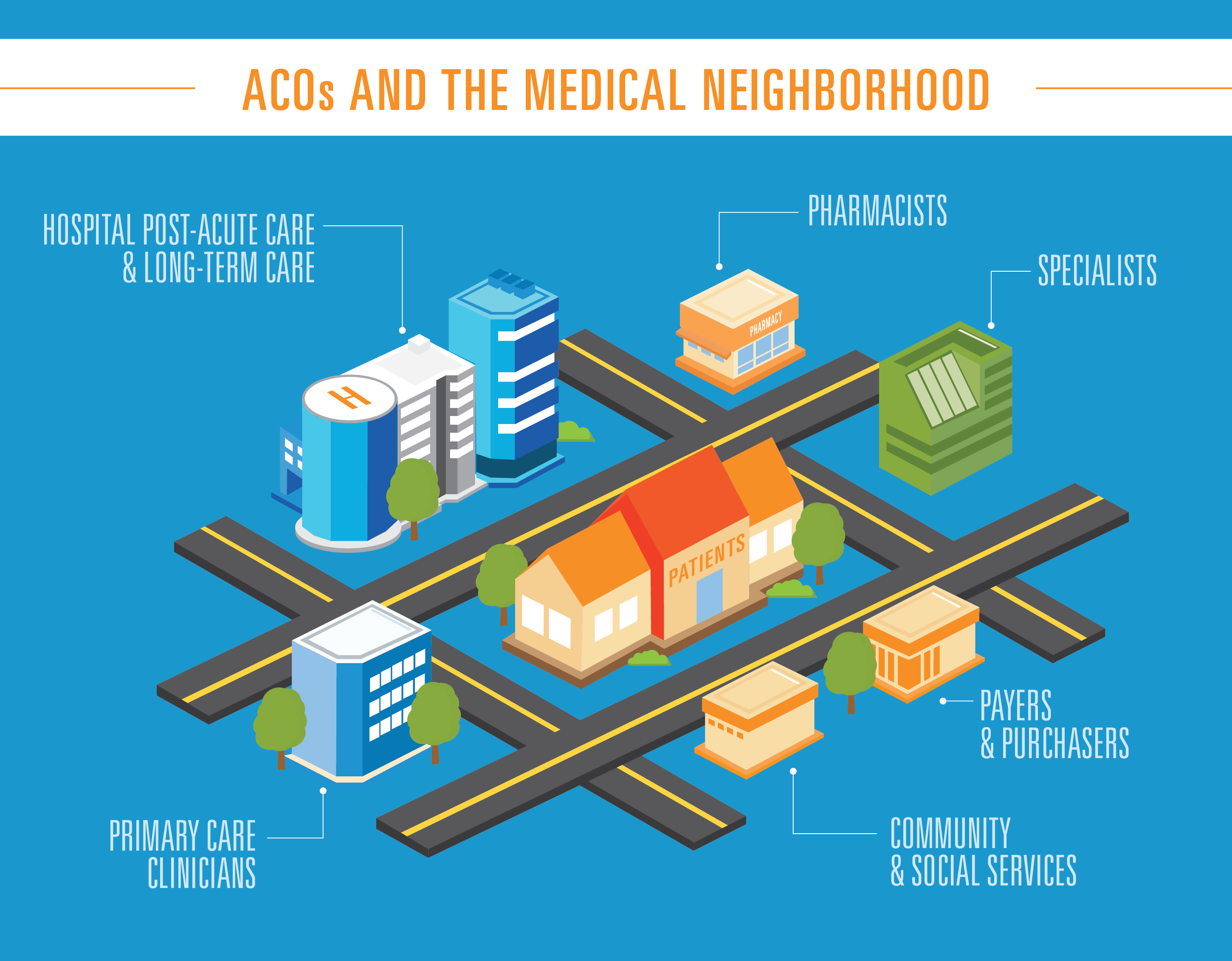
3 Ways to Improve Your Digital Patient Engagement

CAHPS may have been an adequate patient engagement solution when it came out in 1995, but today, it comes up far too short. For one, the survey itself is narrow in scope, failing to provide meaningful feedback at key points in the patient journey. But beyond that, the fact that it can only be administered via phone or mail leads to low response rates and unrepresentative data — after all, many patient populations hardly or rarely use those methods of communication.
Without comprehensive feedback from a representative group, however, healthcare providers are unable to assess — and ultimately, improve — their operations. The good news? It’s never too late to update your patient engagement strategy. In our latest eBook, the Guide to Build Your Digital Health Strategy, we walk you through how a digital engagement strategy can improve your bottom line and how to implement one. Below is a brief preview — make sure to download the full eBook to learn more.
Why Digital Patient Engagement Matters
There’s a clear mandate for digital patient engagement — Pew research reports that a full 96% of Americans own a smartphone. What’s more, 60% of patients already leverage their smartphone to manage their healthcare, and 40% say they would switch providers if they provided a poor digital experience.
And with so many different stages in the patient journey — each with their own unique needs and challenges — feedback at every step in one centralized platform is critical. This will allow you to not only address any shortcomings you might have, but also proactively improve the overall patient experience. The result: improved patient acquisition and retention, more efficient staffing, and increased revenue.
Stages of Engagement in the Patient Journey
When we talk about the different stages of engagement in the patient journey, we’re referring to five different phases:
- Discovery: Where patients begin researching, evaluating, and deciding on a provider
- Pre-visit: Providing patients with the information and instructions they need to prepare for an upcoming visit
- Getting care: The actual delivery of care, which encompasses both clinical care and customer service
- Follow-up: Providing patients with the information and instructions they need immediately after a visit
- Care at Home: Providing patients with the information and instructions they need to manage their own care on an ongoing basis
Lackluster or inefficient engagement at any one of these stages can have serious consequences for healthcare providers, like no-shows, overwhelmed staff, and poor patient health outcomes.
So what can you do to improve your digital patient engagement?
Digital Patient Engagement Best Practices
1. Own Your Patient Feedback
Today, more patients than ever are turning to the internet to research healthcare providers before actually selecting one. And some of the most commonly-sought information is reviews — in fact, 80% of healthcare consumers say that they trust online reviews just as much as personal recommendations. Rather than making your patients hunt down information on third-party websites — which are often unrepresentative of overall patient sentiment anyway — consider highlighting reviews right on your own website. Proactively managing these reviews, such as pinning a featured review to the top, can ensure that your patients have the most accurate look into your organization possible.
2. Offer Automated Reminders
No-shows are often one of the biggest operational pain points for healthcare providers. They’re not only inconvenient, but also expensive — one report found that missed appointments cost healthcare organizations a whopping $150 billion annually. Many providers still have staff call patients to remind them of upcoming appointments, which is both time-consuming for employees and often, ineffective for patients. A Pew Research report found that 80% of Americans don’t take calls from an unknown number, meaning your staff may spend hours out of their day on a task that fails to achieve its intended purpose.
Automating your appointment reminders has a few different benefits — for one, it frees up your staff to spend their time on more important tasks. You can also send additional reminders with no extra lift required on your end, which is crucial for the many patients who need multiple reminders. And perhaps most importantly of all, you can improve the odds that your patients actually see your notifications by sending them through their preferred means of communication (often text messaging).
3. Provide Two-Way Communication Channels
We’ve all experienced the frustration of being unable to get through to someone when we needed, whether that was regarding an online purchase, an erroneous credit card charge, or a flight change. But when someone’s health is on the line, the stakes are higher, which makes a lack of responsiveness even more frustrating, or even anxiety-inducing. While many healthcare providers today stay in touch with patients through portals, it’s not always a direct enough communication channel. Often, users forget their passwords, become overwhelmed by the amount of information on-screen, or don’t use the patient portal at all.
Communication is at the heart of the patient experience at every stage, so providing them with an easy way to interact with their healthcare providers through their preferred means of communication, such as by text message, is critical. Whether a patient is looking for additional information during the discovery stage, wants to clarify instructions in the pre- or post-appointment stage, has questions regarding their at-home care, or needs to surface a request while actually receiving care, making it easy for them to reach out and for your staff to respond can greatly improve patient acquisition and retention.
Learn More
Want to know more about why a digital patient engagement strategy benefits healthcare organizations, how to create one, and what you can do to optimize yours? Click eBook to learn more.









